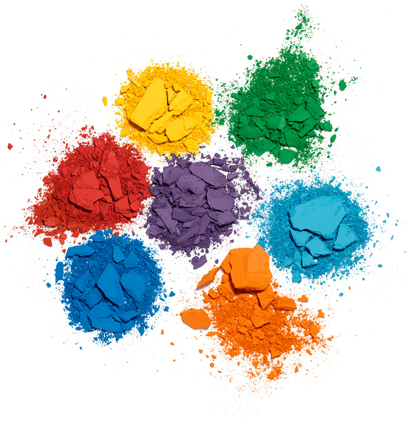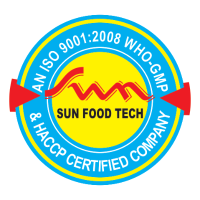DIY and Natural Alternatives for food coloring
- Get link
- X
- Other Apps
In the section on DIY and natural alternatives for food coloring, you can provide readers with fun and easy ways to create their own vibrant colors using ingredients commonly found in their kitchens or easily sourced from local markets. Here's how you can structure this section:
Introduction to DIY Food Coloring:
- Explain the benefits of making your own food coloring, such as avoiding artificial additives and customization of colors.
- Highlight the simplicity of the process and the satisfaction of using natural ingredients.
Basic Ingredients for DIY Food Coloring:
- List common kitchen ingredients that can be used for coloring, such as fruits, vegetables, spices, and herbs.
- Provide a brief overview of the colors each ingredient can produce.
Recipes for Natural Food Coloring:
- Offer step-by-step recipes for creating natural food coloring from scratch.
- Include variations for different shades and intensities of color.
Beetroot Red:
- Explain how to extract vibrant red color from beetroots or beetroot powder.
- Provide tips for achieving the desired hue and consistency.
Turmeric Yellow:
- Describe the process of making golden yellow food coloring using turmeric powder.
- Discuss the flavor profile and potential applications of turmeric-based coloring.
Spinach Green:
- Outline methods for obtaining green color from fresh spinach leaves or spinach powder.
- Suggest creative uses for spinach-based coloring in savory and sweet dishes.
Blueberry Purple:
- Detail techniques for extracting rich purple hues from blueberries or blueberry juice.
- Offer suggestions for incorporating blueberry coloring into desserts and beverages.
Saffron Orange:
- Showcase the exotic flavor and color of saffron as a natural orange food coloring.
- Provide guidance on using saffron strands or saffron-infused liquid for coloring.
Mixing and Customization:
- Encourage readers to experiment with mixing different natural colors to create custom shades.
- Offer tips for adjusting the intensity and brightness of colors based on personal preferences.
Storage and Shelf Life:
- Advise on proper storage methods for homemade food coloring to maintain freshness and potency.
- Share information on the typical shelf life of natural food coloring and signs of spoilage.
Safety Precautions:
- Remind readers to be cautious when handling natural ingredients, especially those that may stain or cause allergies.
- Provide guidance on selecting organic and pesticide-free ingredients for optimal safety and quality.
Conclusion and Inspiration:
- Summarize the versatility and benefits of DIY natural food coloring.
- Encourage readers to unleash their creativity in the kitchen and share their colorful creations with others.
- Get link
- X
- Other Apps




Comments